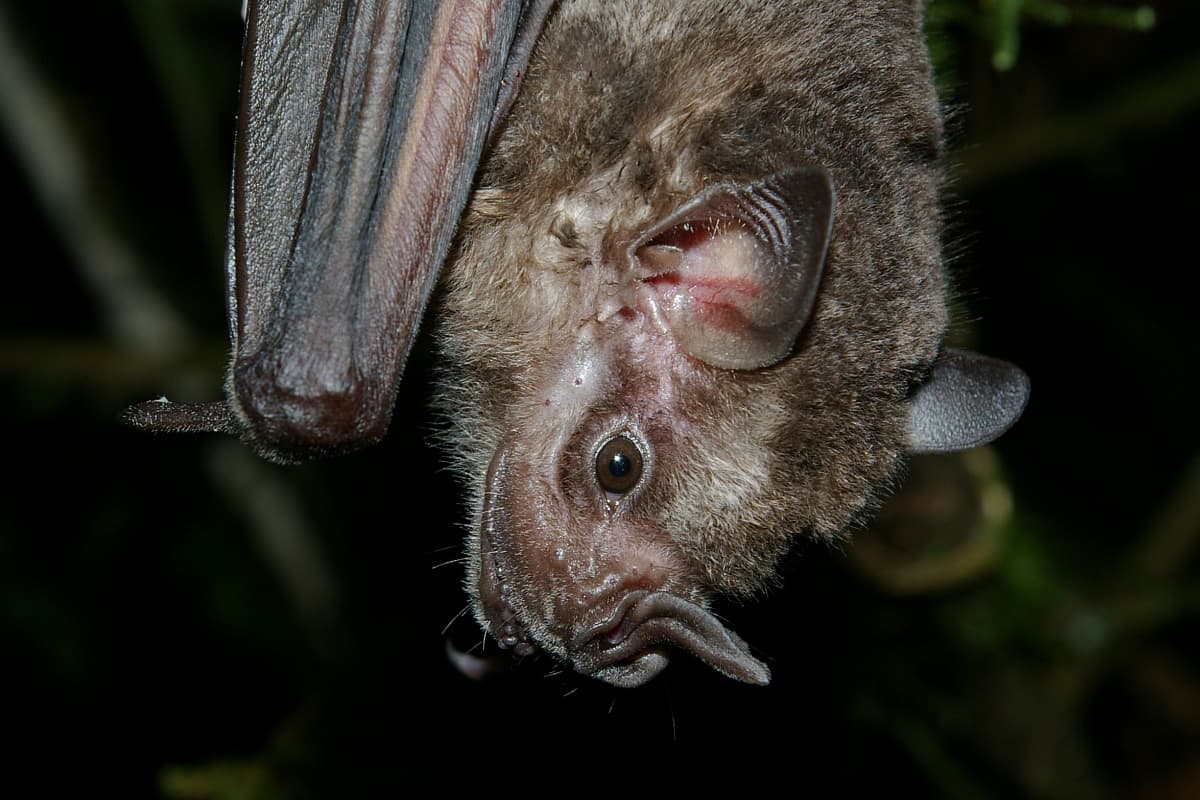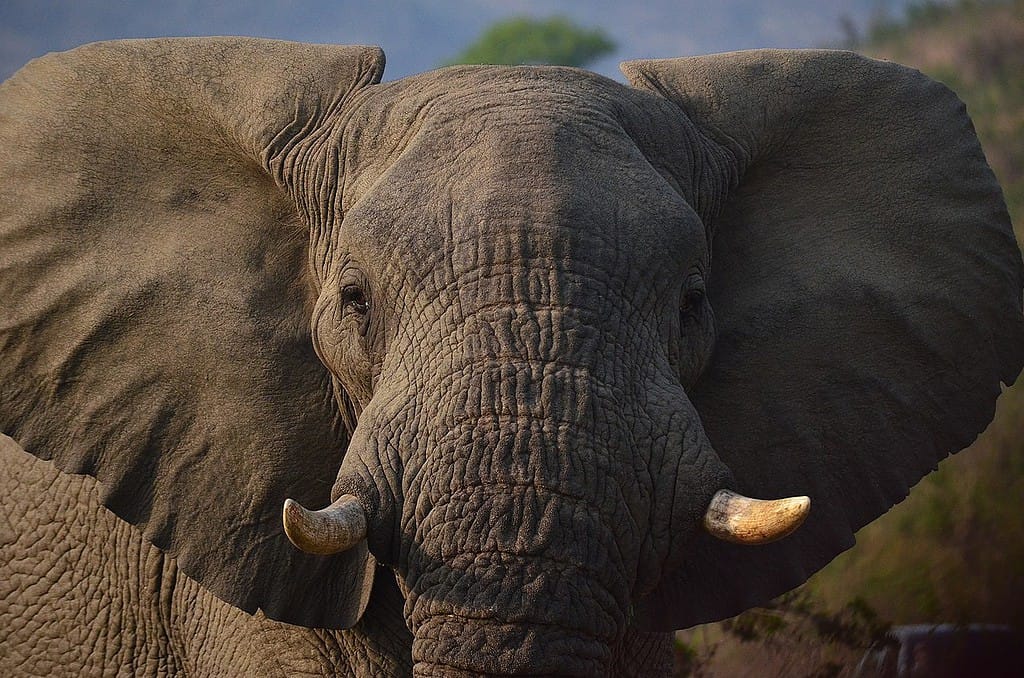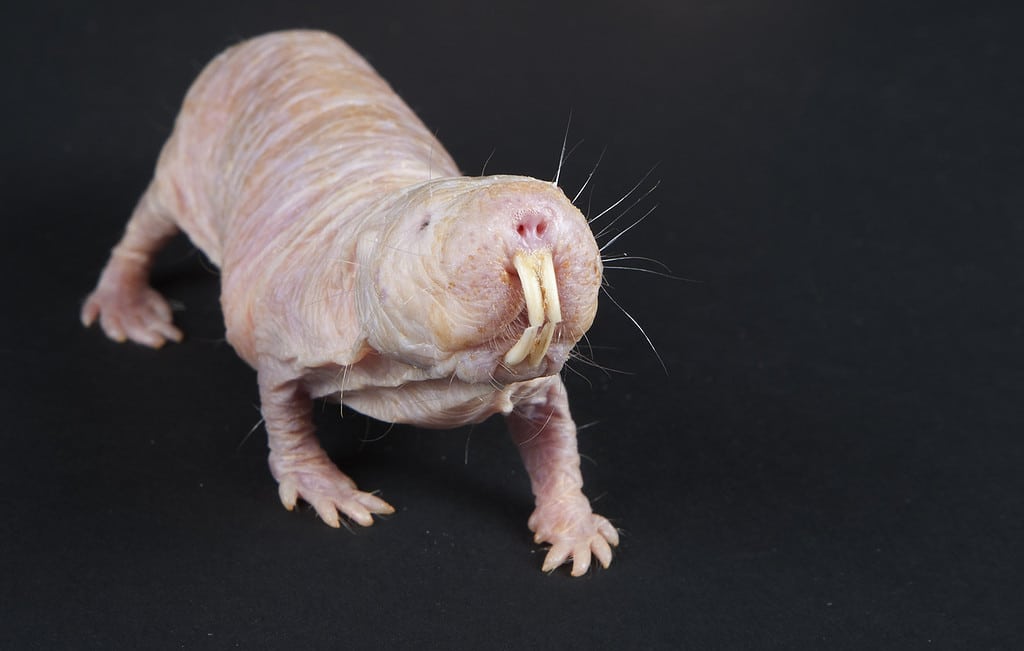
You’ve probably admired the swift, graceful flight of bats in the evening sky. Indeed, bats are unique and fascinating in more than one way. For starters, they’re the only flying mammals. When, where, why, and how the first bats became airborne is a mystery buried deep in time.
But in a new study, researchers at the Cold Spring Harbor Laboratory in the U.S. have tackled another long-standing evolutionary puzzle. Bats are also known to have exceptional longevity, resilience against infections, and notably, low cancer rates.
Now, researchers have found precise genetic alterations and adaptations that are known to suppress cancer. These revelations could be a stepping stone to understanding and devising novel treatments for aging and chronic diseases in humans, including the formidable cancer.
Bats and their amazing immune system
Often associated with tales of the supernatural, bats have a bad reputation. They’re often called “flying rats” and blamed for the spread of zoonotic diseases to humans. According to one theory, the virus responsible for the dreaded COVID-19 pandemic is thought to have first appeared in bats and then spread to humans in Wuhan through an intermediate animal.
One 2013 study found that bats host at least 61 zoonotic viruses (which can jump to humans). Bearing this information in mind, as people continue to encroach on the jungles of the planet, we will see more and more outbreaks of potentially devastating diseases.
While some of the fears and concerns surrounding bats are well-founded, they often overshadow the huge potential these creatures have for healthcare.
Bats have an impeccable immune system that can maintain sufficient defense against many illnesses without triggering their immune systems to go into overdrive. This explains why bats are such terrifying viral reservoirs.
But, over the years, scientists have also noticed that bats barely ever get cancer, displaying an unusually low incidence of the disease compared to other mammals.
This extraordinary ability inspired Armin Scheben and colleagues at Cold Spring Harbor Laboratory to embark on a molecular study, hoping to uncover the secret to bats’ immunity to cancer and long lifespans.
To this aim, they employed the Oxford Nanopore Technologies long-read platform — a novel technology that enables direct, real-time analysis of long DNA or RNA fragments — to sequence the genomes of two bat species, the Jamaican fruit bat and the Mesoamerican mustached bat.
“Our main challenge was piecing together the genomes of our bats as completely as possible so that we could be sure our genetic analyses would be accurate. Our first attempt at generating these bat genome sequences showed they were only about 70% complete, so I was banging my head against a wall trying to figure out why so many genes were missing,” Scheben told ZME Science.
“Finally, I realized that our long-read DNA sequencing technology was introducing small but critical errors in gene sequences. By implementing a custom approach to correct these errors, I brought them to over 98% completeness which is similar to the near-perfect 99% completeness of the human genome.”
The researchers identified genetic adaptations in six DNA repair-related proteins. Even more compelling? They found alterations in 46 cancer-related proteins in bats—proteins previously known to suppress cancer. Compared to other mammals, these modified genes were more than twofold enriched in bats.
There could be many lessons to be learned from bats’ extraordinary innate immune response and resistance to cancer. By comparing their genomes to that of other mammals more susceptible to cancer — the number one killer in aging human populations — it may be possible to uncover connections that could lead to new treatments and even cures.
For instance, Scheben discovered bat-specific genetic changes in the antiviral gene IFIT2 and the inflammation-linked interferon genes. These insights could lead to gene therapies and other therapeutics for cancer that help us mimic the anticancer traits of bats.
This is why such work is highly important and may prove incredibly consequential for healthcare in the future. It’s no trivial task, though. Luckily, bats aren’t alone. There are other animals that may prove instrumental in finding the key to beating cancer for good.
What do bats, elephants, and mole rats have in common?

The larger an animal is, the more cells it has, and logically, the higher the chance of any of those cells turning cancerous. But elephants, the gentle giants of the animal kingdom, challenge this notion. Despite their massive size and long lifespan, elephants rarely get cancer. Same for whales.
This phenomenon, called Peto’s Paradox, has puzzled scientists for years. Investigations into the elephant’s genome revealed that they possess multiple copies of a tumor-suppressing gene called p53. This gene repairs or destroys damaged cells, halting the spread of potential cancers.

Another member of the cancer-resistant club is the mole rat. These small, subterranean rodents are virtually cancer-free. Their skin cells produce an incredibly viscous substance called hyaluronan, which appears to prevent cells from overcrowding and forming tumors. Additionally, their cells have an enhanced ability to recognize and destroy potentially harmful mutations. Mole rats are also virtually impervious to pain and live ten times longer than other rodents of their size.
“Although the scientific jury is still out on whether bats use the same cancer resistance mechanisms as elephants and mole rats, I believe it is likely that improved DNA repair and inflammatory response play a key role in cancer resistance in bats as well as elephants and mole rats,” said Scheben.
So, the next time you see a bat darting across the night sky or an iconic elephant gently roaming the African savanna, remember: there’s more to these creatures than meets the eye. They might just hold the secrets to improving human health in ways we’ve yet to imagine.
The findings appeared in the journal Genome Biology and Evolution.









